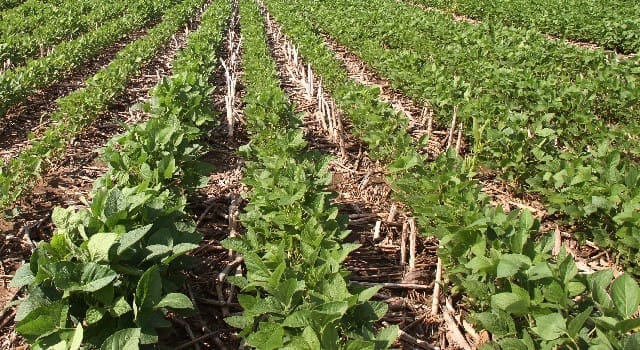Nitrogen and herbicide applications are among the highest input costs in crop production. To reduce expenses and gain environmental benefits, producers can integrate double-cropped soybeans or cover crops into no-till systems.
Kansas State University agronomist Kraig Roozeboom and his team began a long-term study in 2007 to assess the impact of these practices on sorghum-based cropping systems. Their rotation included sorghum, soybeans, wheat, and cover crops before returning to sorghum. Initially focused on weed suppression, the study also examined biological, yield, and economic outcomes, with agricultural economist Elizabeth Yeager analyzing profitability.
Findings, published in the Agronomy Journal, showed double-cropped soybeans increased profitability by providing an additional harvestable crop, despite variable yields. The practice also contributed nitrogen and improved soil carbon levels without reducing sorghum yields.
“It did not hurt the sorghum yield like some of the other high biomass cover crops evaluated and sometimes even contributed a little nitrogen like a summer legume cover crop,” he said. “It also helped build carbon over time.”
While not as beneficial as traditional cover crops, double-cropping offered both economic and environmental advantages, reinforcing the value of intensifying cropping systems.













